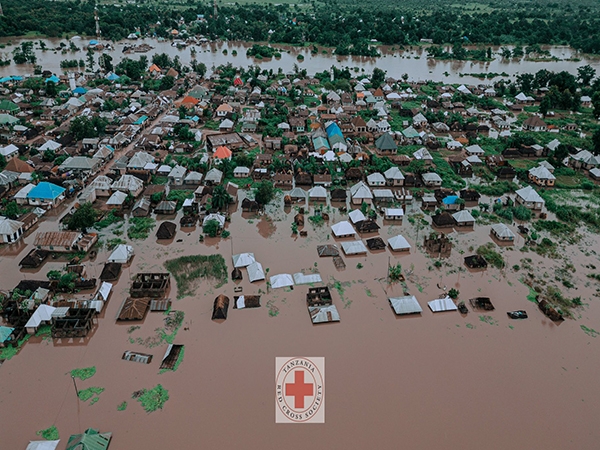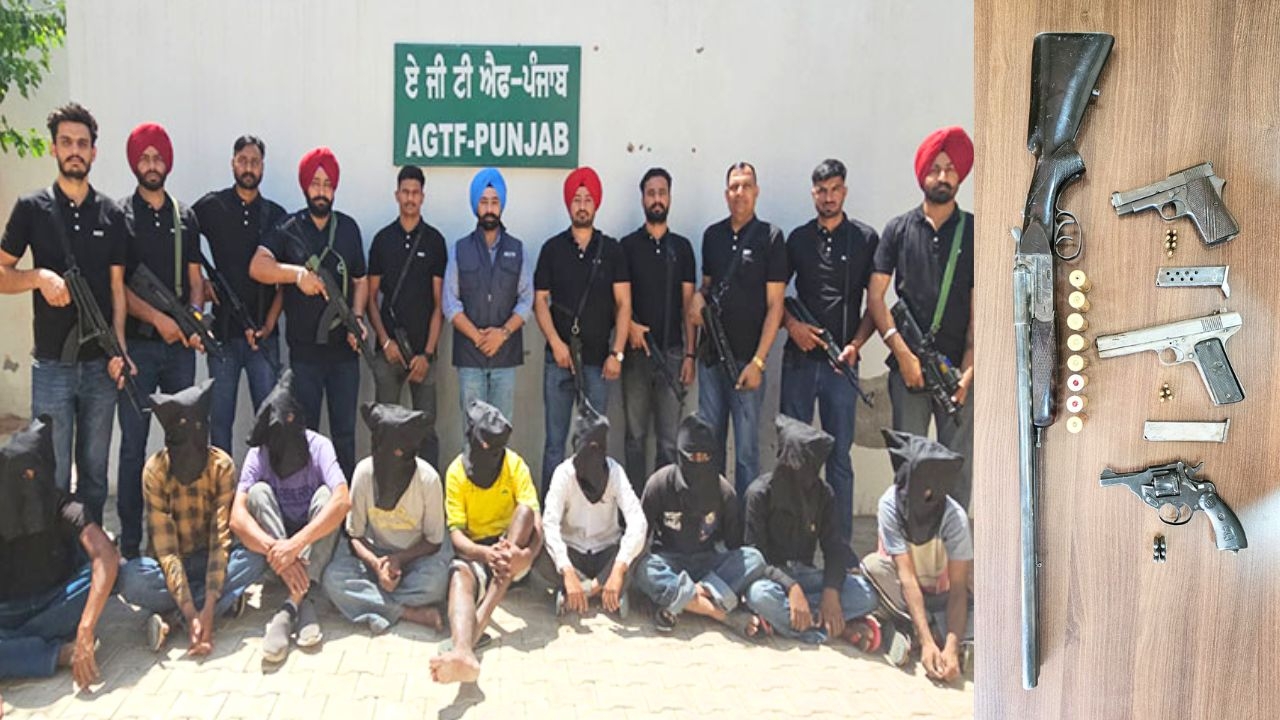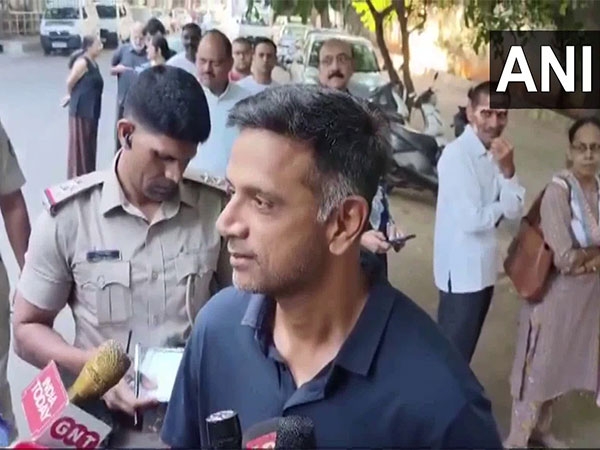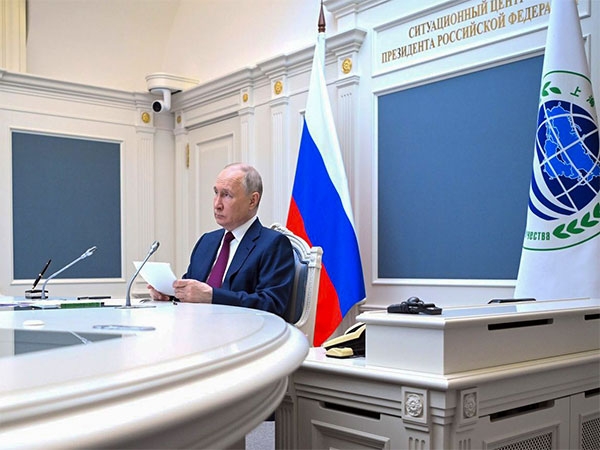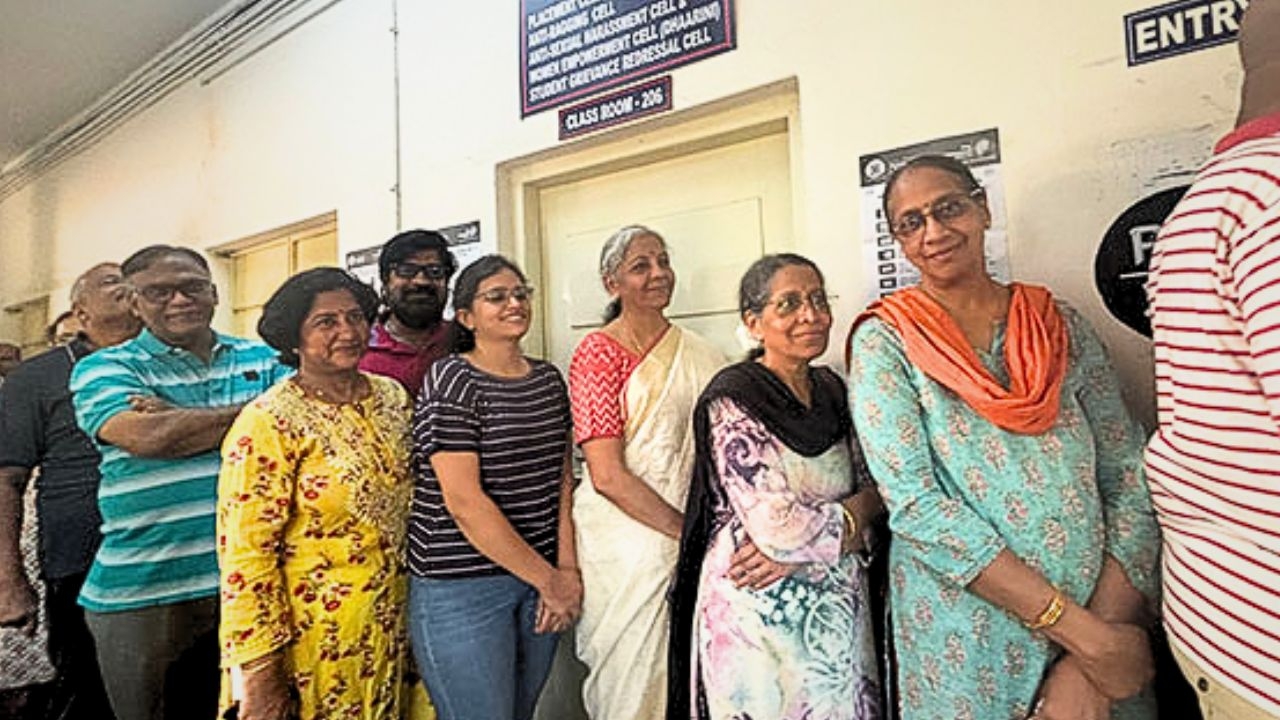Smart militancy: It takes just over a 100 jihadis to keep Kashmir on the edge
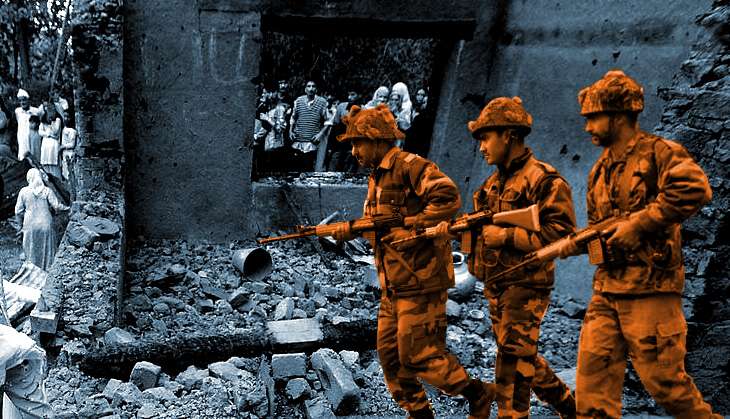
- Over past 6 months,73 militants, 30 security personnel, 5 civilians died in militant violence
- In 2015 113 militants, 41 security personnel and 20 civilians lost their lives
- At a point there used to be more foreign militants than local hands involved in attacks
- Over the last decade the balance has shifted more towards the locals being involved in attacks
- What is smart militancy?
- How do militants from across the border engage the whole of J&K?
June has been an exceptionally violent month in Kashmir. According to the South Asia Terrorism Portal, 20 militants and 15 security personnel have been killed in various encounters and the ambushes, including the one at Pampore, which killed eight CRPF personnel.
Over the past six months, 73 militants, 30 security personnel and five civilians died in militancy-related incidents.
Also Read: Stop supporting militants in Kashmir, Pakistan's parliamentary panel tells Nawaz Sharif
This shows a conspicuous rise in militancy from 2015 when 113 militants, 41 security personnel and 20 civilians lost their lives. In 2014, the numbers were: 110 militants, 51 security personnel and 32 civilians - by and large similar to 2013, 2012 and 2011.
In 2012, in fact, the violence toll was the lowest at 84 militants, 17 security personnel and 16 civilians.
However, in all these years, government figures for militancy have hovered at 100-150, comprising local recruits and a majority of foreigners, until last year when suddenly the equation altered.
Counting bodies
Now for the first time in a decade, local militants have outnumbered the foreigners. Out of 142 active militants in the Valley, 88 were locals and the rest were from Pakistan or Pakistan-Occupied Kashmir (POK).
The militant figures revealed by the government for 2016 are identical to that of last year. Around 145 militants are active in the Valley, out of which 91 are locals and 54 foreigners. This despite the fact that around 176 militants have been killed in security operations since 2015.
But the militant figures remain static, underlining a constant replenishment of depleted ranks through fresh recruitment and infiltration.
Smart militancy
The surprising fact, however, is that this constantly replenished band of a hundred something militants are capable of generating enough yearly violence to keep Kashmir in national and international spotlight.
The strategy of maintaining a small, but effective, band of militants has been working well. Coupled with intermittent cross-LoC firing, which extends the trouble to Jammu and its border areas, a perception of violence hangs over entire J&K.
The situation in 2015 brought this reality into the forefront. Last year, according to the data presented by Chief Minister Mehbooba Mufti in the Assemby, 15 of the 22 districts in Jammu and Kashmir witnessed militancy-related violence.
The handful of districts that did not register any violence included Ganderbal in central Kashmir, Leh and Kargil in Ladakh and Rajouri, Reasi and Kishtwar in the Jammu region besides Jammu district itself.
Srinagar - where for the past five years no one has joined militancy, except for a recent controversial killing of a militant at Kud on Jammu-Srinagar highway - recorded 15 incidents of violent in 2015.
This year, the number is likely to go up: On 24 May, two successive attacks in two parts of the city left three police personnel dead.
More bloodshed
The three north Kashmir districts of Kupwara, Baramulla and Bandipora accounted for 57 incidents in 2015, resulting in the death of 92, including 60 militants and 21 security personnel.
The four south Kashmir districts - Anantnag, Pulwama, Kulgam and Shopian - accounted for 61 incidents of militancy, resulting in the death of 54 persons, including 12 security men and 34 militants.
Also Read: Rising violence in Kashmir: forces can't afford to stand at ease
As for ceasefire violations, 93 border firing incidents were reported along the international border in Jammu between 15 January, 2015 and 15 January, 2016. This resulted in the death of six civilians and injured 43 others, including three security personnel.
Jammu district accounted for 54 violations followed by 22 in Samba and 17 in Kathua districts.
In comparison, only 15 such incidents took place in the Kashmir Valley. While 11 persons including three security personnel were killed along the LoC in Jammu, five security personnel were killed in the valley.
Rallying forces
By the rest of the violence and body count, it seems both Pakistan and the local component of the jihadis have it all the rest covered. Over a hundred militants tie down thousands of the Army, BSF, CRPF and police personnel backed up by the cross-LoC exchanges to cover areas where militants can't operate.
Already, to replenish the 73 militants killed this year, around 50 militants, sources in police say, have infiltrated into the valley in recent months.
Also Read: Young & restless: new breed of militants in Kashmir are eager to change the status quo
"Even the Pampore attack was executed by freshly infiltrated militants," said a police officer. "They were part of the fidayeen group who are charged to carry out suicide missions."
This has brought the security agencies face-to-face with the changing nature of militancy whereby a small band of local and more battle-hardened foreign militants are able to inflict maximum damage.
"There is certainly a drastic shift in the tactics of the militants," says a police officer. "A smaller number of motivated militants, who are also difficult to detect, are able to launch high-profile attacks in places where these get maximum media attention."
And in the process, they create a perception of militancy that is disproportionate to their number.
A police officer called it a "smart militancy" which serves its purpose of maintaining a troubled perception about Kashmir to compliment the separatist political activities or compensate for their denial by the government.
Edited by Jhinuk Sen
Also Read: Jammu & Kashmir: Mehbooba proposes amnesty for militants. Will it work?
Also Read: Pampore attack: why is Kashmir becoming deadlier for the CRPF?
First published: 2 July 2016, 2:35 IST

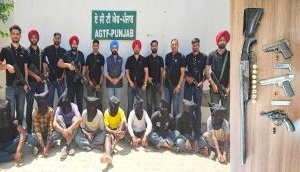




![BJP's Kapil Mishra recreates Shankar Mahadevan’s ‘Breathless’ song to highlight Delhi pollution [WATCH] BJP's Kapil Mishra recreates Shankar Mahadevan’s ‘Breathless’ song to highlight Delhi pollution [WATCH]](http://images.catchnews.com/upload/2022/11/03/kapil-mishra_240884_300x172.png)

![Anupam Kher shares pictures of his toned body on 67th birthday [MUST SEE] Anupam Kher shares pictures of his toned body on 67th birthday [MUST SEE]](http://images.catchnews.com/upload/2022/03/07/Anupam_kher_231145_300x172.jpg)


